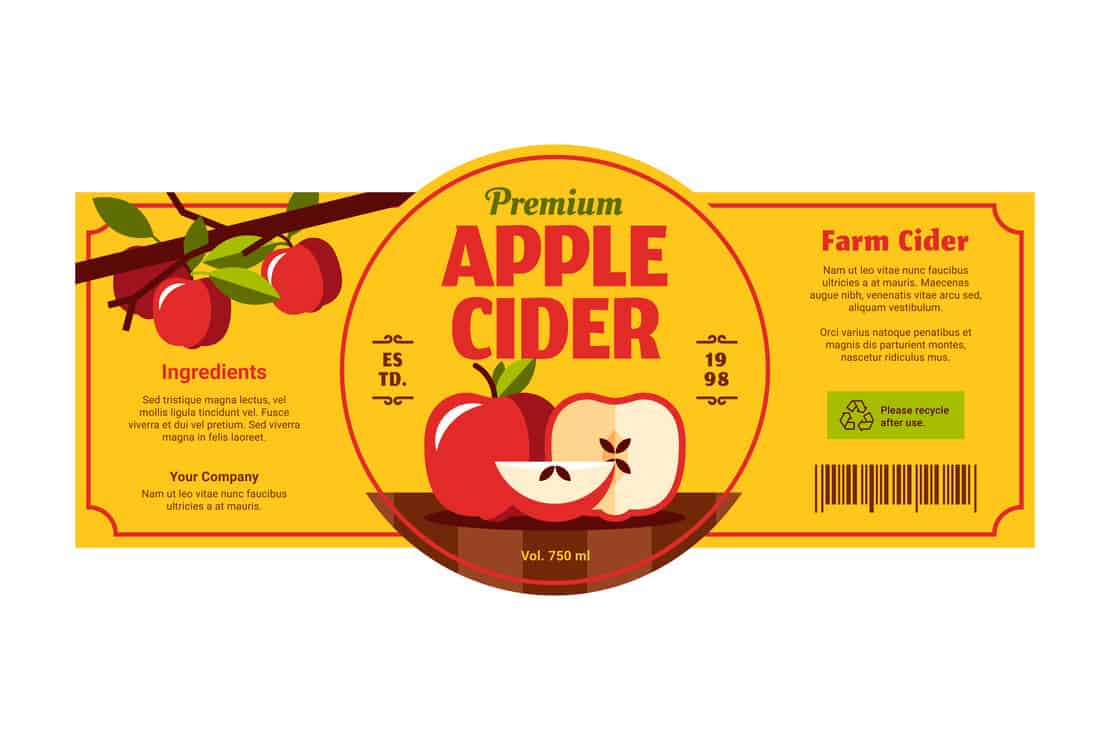- Phone: 306-970-1552
- connect@gentleprocessing.ca
- 18-301 South Industrial Dr. Prince Albert, SK S6V 7L7, Canada

In the ever-evolving landscape of food consumption, the concept of clean labels has emerged as a powerful force shaping consumer preferences and industry practices. Consumers are increasingly seeking natural and minimally processed foods, driven by a desire for transparency, health consciousness, and sustainability. This article explores the rising consumer demand for clean label products, the industry's response to meet these expectations, and the delicate balance of maintaining safety while delivering on clean label promises.
Clean labels refer to food products with simple, easy-to-understand ingredient lists. They are free from artificial additives, preservatives, and chemicals.
Clean label demand is driven by a desire for transparency, health-conscious choices, ethical sourcing, and a commitment to sustainable practices.
Clean label products prioritize natural ingredients like fruits, vegetables, whole grains, and herbs. These ingredients are minimally processed and recognizable to consumers.
Clean label foods undergo minimal processing to preserve the nutritional integrity of ingredients. This aligns with consumer preferences for less refined and more wholesome foods.
Clean label products are devoid of artificial additives such as artificial colors, flavors, sweeteners, and preservatives. Consumers seek cleaner, purer options.
Food manufacturers are emphasizing ingredient transparency, providing detailed information about the sourcing and processing of ingredients.
Companies are reformulating products to eliminate artificial additives and preservatives. They are also reducing sodium, sugar, and unhealthy fats.
Food processors are opting for natural colorants and flavors derived from real ingredients, such as fruit and vegetable extracts.
Brands are aligning with sustainability practices, using eco-friendly packaging and supporting responsible sourcing.
Minimal processing can raise concerns about microbial safety. Proper handling and sanitation protocols are crucial to prevent contamination.
Removing preservatives can impact a product's shelf life. Manufacturers must find alternative methods to maintain freshness.
Reducing certain ingredients, such as salt and sugar, can challenge the balance of taste and nutrition. Innovative solutions are needed to ensure palatability.
Clear, concise labels that highlight natural ingredients and health benefits are essential to appeal to clean label consumers.
Transparency in ingredient sourcing, including certifications for organic and sustainable practices, builds trust with consumers.
Brands can educate consumers about the benefits of clean label products, helping them make informed choices.
Advances in food processing technology will enable cleaner, safer, and more sustainable food production.
Regulatory bodies are working to establish clear guidelines for clean label claims, ensuring consistency and accuracy.
Consumer preferences will continue to shape the clean label landscape. Brands that innovate to meet evolving demands will thrive.
Clean label trends in food processing are not merely a passing fad but a reflection of consumers' evolving values and priorities. Meeting the demand for natural, minimally processed foods while maintaining safety requires a delicate balance of innovation, transparency, and education. As the industry continues to evolve, it holds the promise of delivering cleaner, safer, and more sustainable food options that align with the preferences of today's conscious consumers.